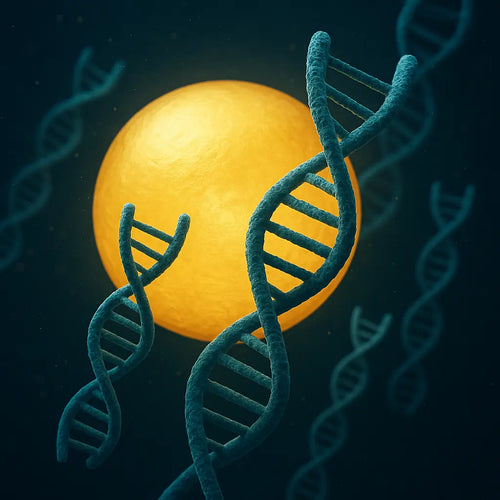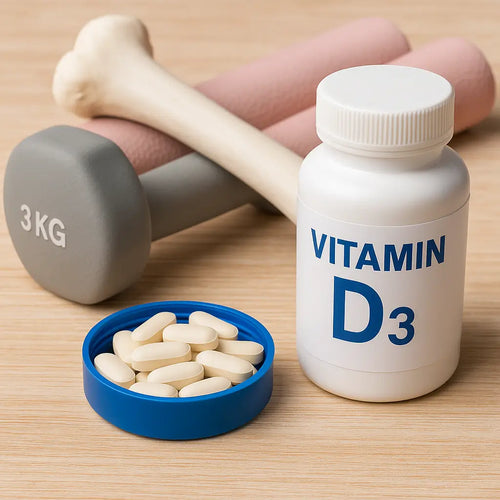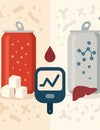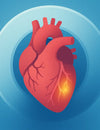No products in the cart.
There can be many reasons why we develop low back pain. One of the reasons is inter-vertebral disc degeneration.
So how can a degenerated disc in the low back have anything in common with cardiovascular disease?
Think about it this way, and it will start to make some sense.
All tissue in the body needs adequate blood supply to provide nutrition for tissue regeneration. If the blood supply is compromised the tissue will start to degenerate.
The disc does not have direct blood supply, but is dependent on diffusion from blood vessels at the disc's margins(Urban JP, et al. 2004).
When the lumbar arteries and the middle sacral artery were evaluated it was found that people with one or more occluded/narrowed arteries were 8.5 times more likely to have suffered from chronic low back pain than were those without such findings(Kauppila LI,1997).
Stenosis of the lumbar/middle sacral arteries were found on average five years earlier than atherosclerosis of the coronary arteries.
Research has also documented a connection between cardiovascular risk factors and low back symptoms.
Disc degeneration was found to be associated with occluded lumbar/middle sacral arteries, and patients with above normal LDL cholesterol levels had more neurological symptoms (Kauppila LI, 2004).
Patients with a symptomatic herniated lumbar disc have shown significant higher triglyceride levels and higher total cholesterol levels than patients without disc herniation (Longo LG,et al. 2011).
Inadequate blood supply feeding the inter-vertebral discs results in earlier disc degeneration, and inadequate blood supply to the heart can result in a heart attack or heart failure.
Why do we get atherosclerosis (deposits in the arteries)?
I will explain more about that in the next article, and I will also tell you what you can do to help prevent it.
Urban JP1, Smith S, Fairbank JC. Nutrition of the intervertebral disc. Spine (Phila Pa 1976). 2004 Dec 1;29(23):2700-9.
Kauppila LI1. Prevalence of stenotic changes in arteries supplying the lumbar spine. A postmortem angiographic study on 140 subjects. Ann Rheum Dis. 1997 Oct;56(10):591-5.
Kauppila LI1, Mikkonen R, Mankinen P, Pelto-Vasenius K, Mäenpää I. MR aortography and serum cholesterol levels in patients with long-term nonspecific lower back pain. Spine (Phila Pa 1976). 2004 Oct 1;29(19):2147-52.
Longo UG1, Denaro L, Spiezia F, Forriol F, Maffulli N, Denaro V. Symptomatic disc herniation and serum lipid levels .Eur Spine J. 2011 Oct;20(10):1658-62. doi: 10.1007/s00586-011-1737-2. Epub 2011 Mar 9.
Leave a comment









